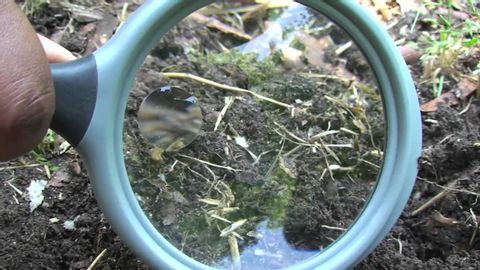土の話 - 全体像 (Soil Stories - The Whole Story)
Akki が 2021 年 01 月 14 日 に投稿  この条件に一致する単語はありません
この条件に一致する単語はありません- v.i.重要な位置を占める
- n. (u.)物質
- n.事柄
US /məˈtɪriəl/
・
UK /məˈtɪəriəl/
- n. (c./u.)衣料;原材料;原料
- adj.関連な,重要な;世俗的な : 物質的な : 物質でできた
US /ˈsɪriz/
・
UK /ˈsɪəri:z/
- n. (c./u.)連続;連続;シリーズ番組;シリーズ戦;級数;シリーズ
- n. pl.連続 : シリーズ
- adj.直列
- v.t.(道路を)舗装する : 新しい表面につくりかえる
- v.i.浮上する;浮上する;表面に浮上する
- adj.表面の
- n. (c./u.)表面 : 面 : 水面;うわべ : 見かけ : 外観;表面
エネルギーを使用
すべての単語を解除
発音・解説・フィルター機能を解除
